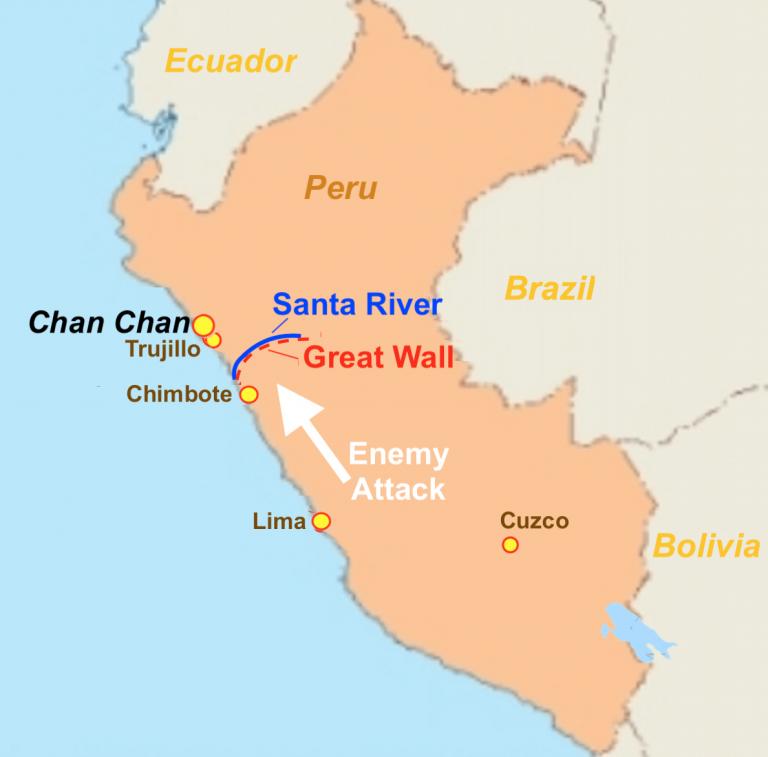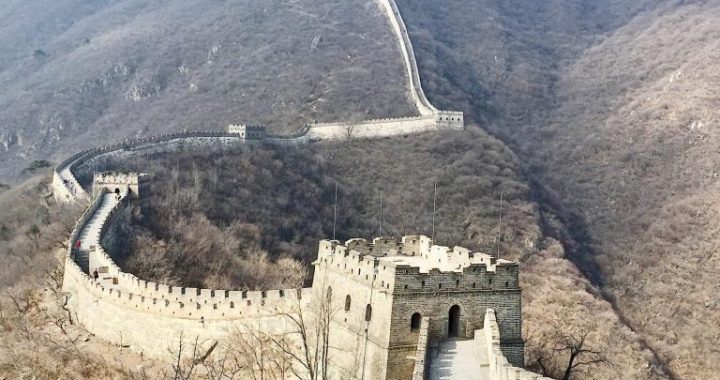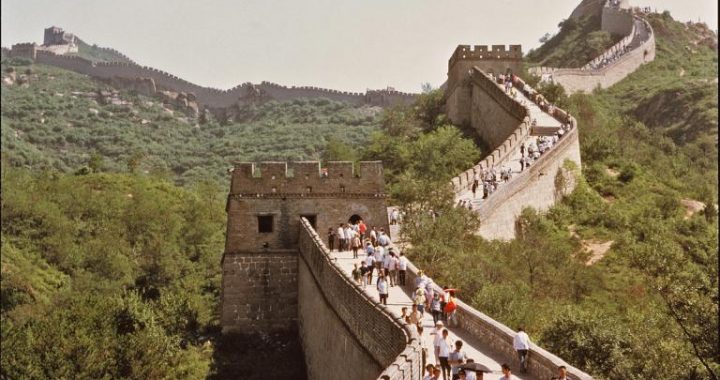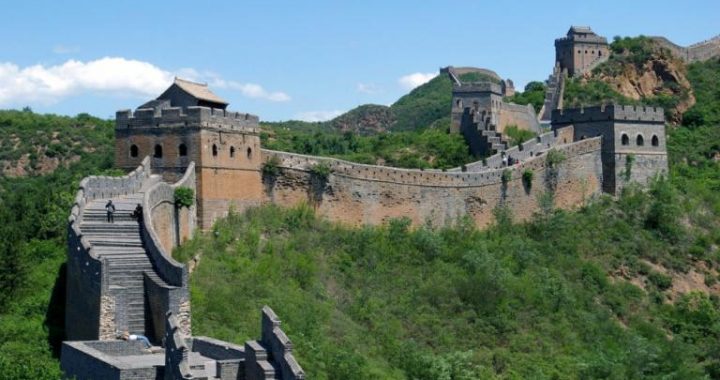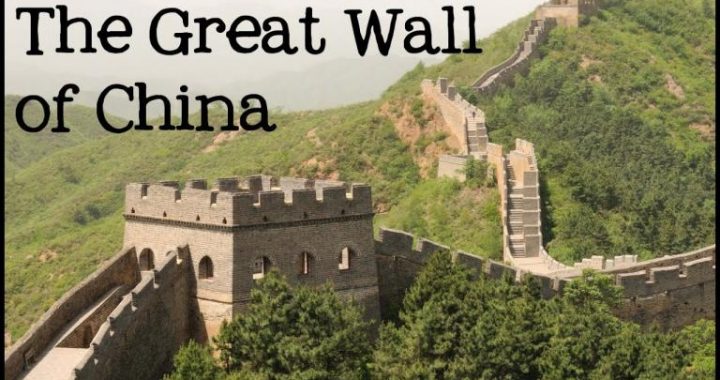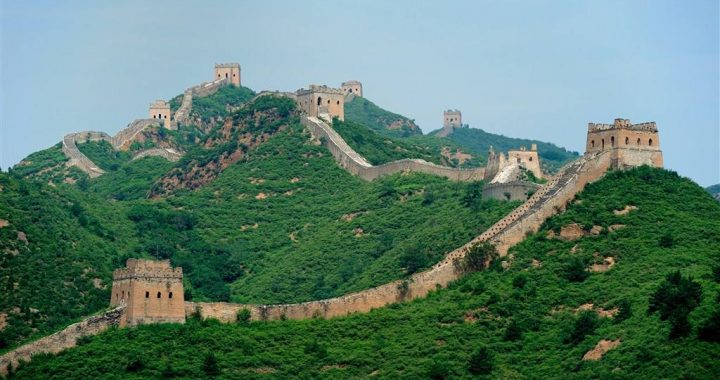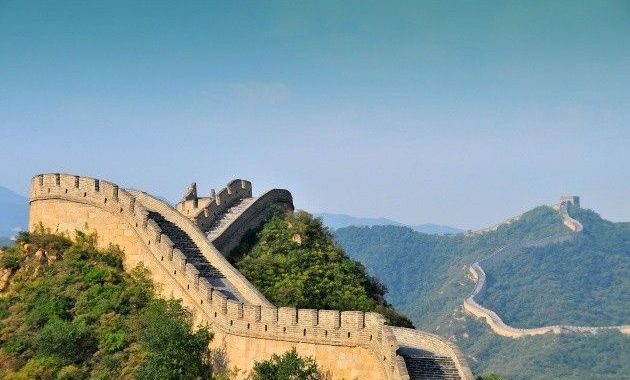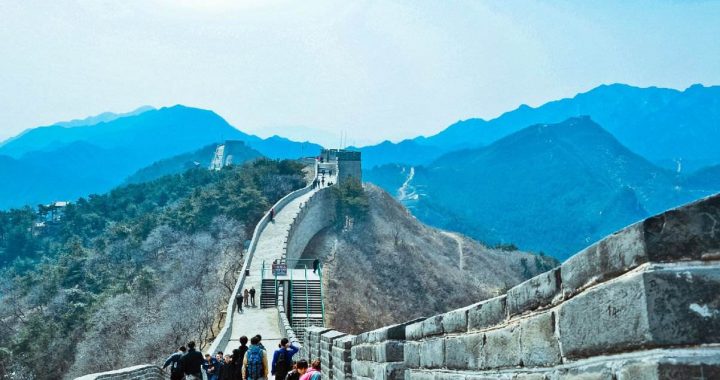The relationship between China’s geographical structure and climate pattern and the Great Wall
2 min readThe geographic structure and climatic patterns of China has led to the development of two distinct cultures from ancient times. The south, with arable land and a warm climate, was suited for agriculture. The north, with pastoral land and a cold climate, was suited for animal husbandry. The south had a relatively developed agricultural civilization, while the north was in a relatively less developed state. Stability was important for an agricultural population.
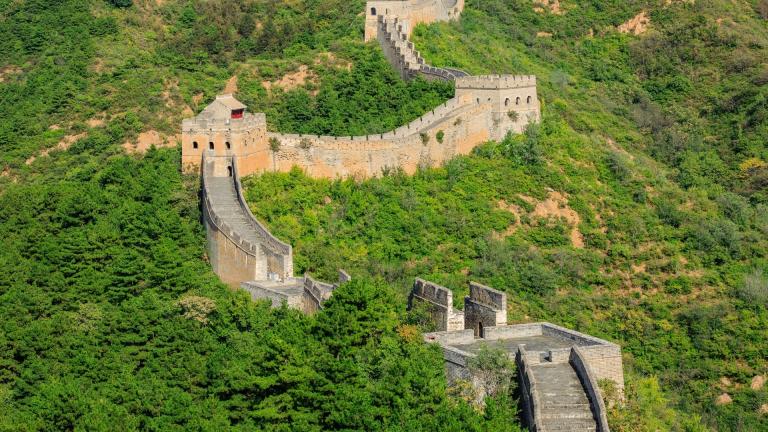
The northern peoples, on the other hand, were highly mobile due to the nature of pastoral life. The limited and unstable output of animal husbandry made it necessary for the northern peoples to depend on the agricultural goods of the southern peoples. Historically, invasions of the south by nomadic peoples of the north were often more out of necessity than the desire for expansion.
From the Qin of more than 2,000 years ago to the later dynasties, the northern peoples who often invaded the south included the Xianyun, the Hun, the Tujue, the Huihe, the Qidan, the Nizhen, and the Mongolian. Southern troops were often at a disadvantage in the face of the mobile northern cavalry. Under such circumstances, the Great Wall provided an effective, though not perfect, defense line.
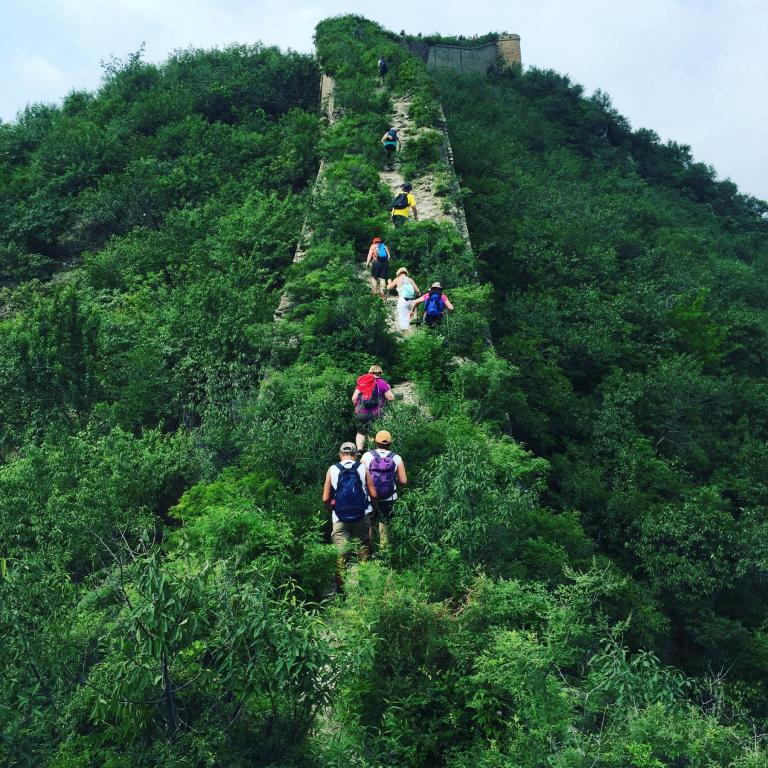
In this way, the Great Wall separated the peoples of the south and the north, while posing a barrier to communication. However, it did serve to minimize conflicts between the two, making it possible for each to develop on their own. The Wall protected the agricultural economy and advanced the mode of production in the south. At the same time, it forced the northern peoples to give up plundering the south and to develop their own civilization. This laid the foundation for later exchange and communication between the southern and northern cultures.
Chinese history would have been another story without the Great Wall. Dr. Sun Yat-sen(1866-1925), who led the Revolution of 1911 that overthrew the Qing Dynasty (1616-1911), said,”Seen from today, if it had not been for the protection of the Great Wall, Chinese civilization would have been interrupted by the northern peoples in the late Qin or early Han dynasties, long before the Song (960-1279) and Ming dynasties. In that case, there would not have been the prosperity of the Han and Tang (618-907) dynasties, or the integration of southern and northern peoples.”
In time, economic zones came into being along the Great Wall, especially at its several dozen passes, where people from both sides carried out economic and cultural exchanges. For a long time in history, the agricultural economy in the south and the pastoral economy in the north complemented and depended on each other through such exchanges. In this way, the Great Wall played a role in bringing in a new economic structure to the benefit of both sides.
